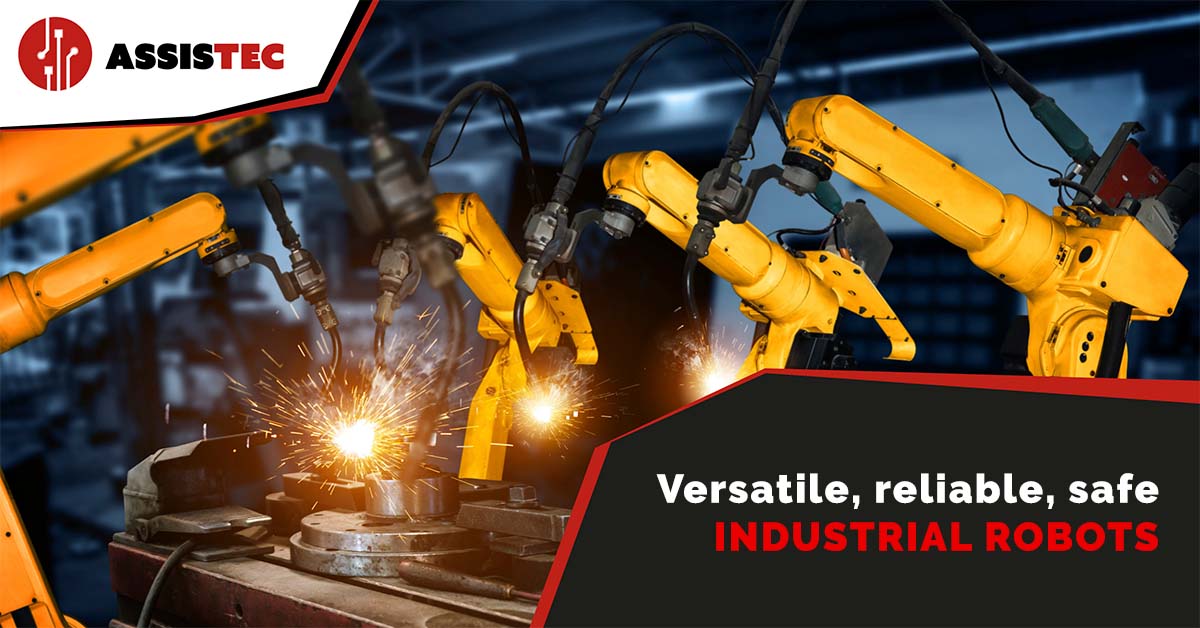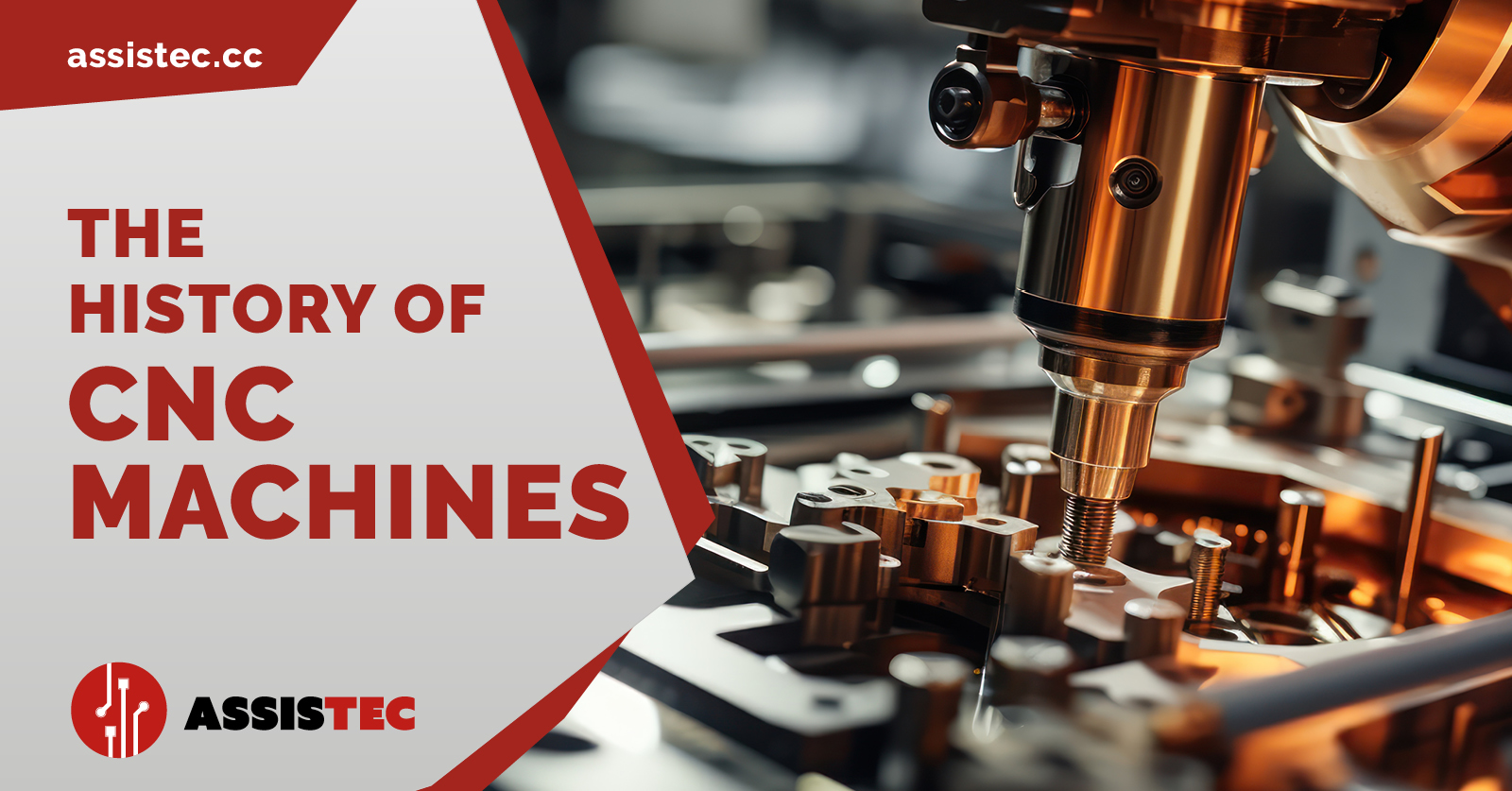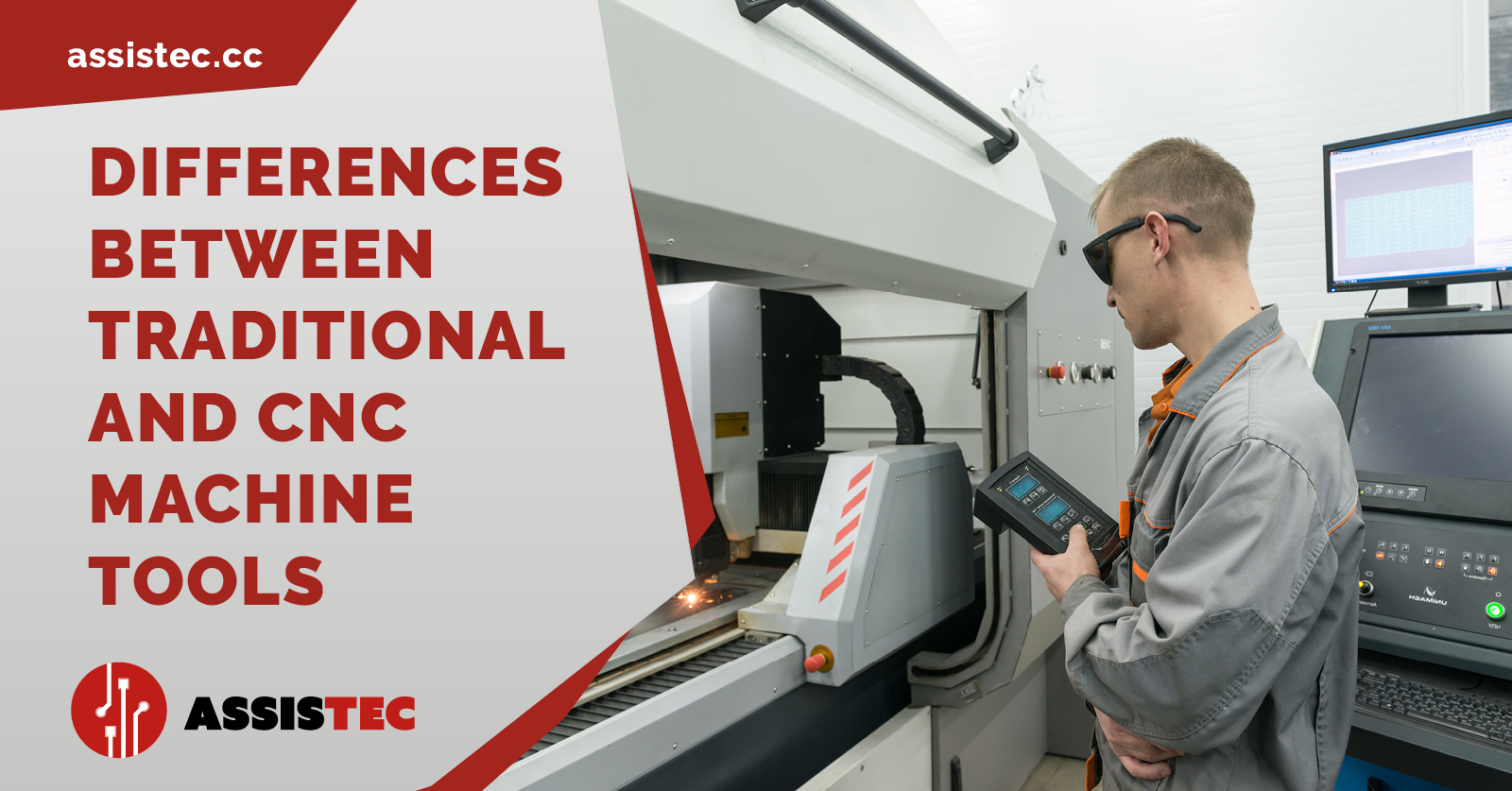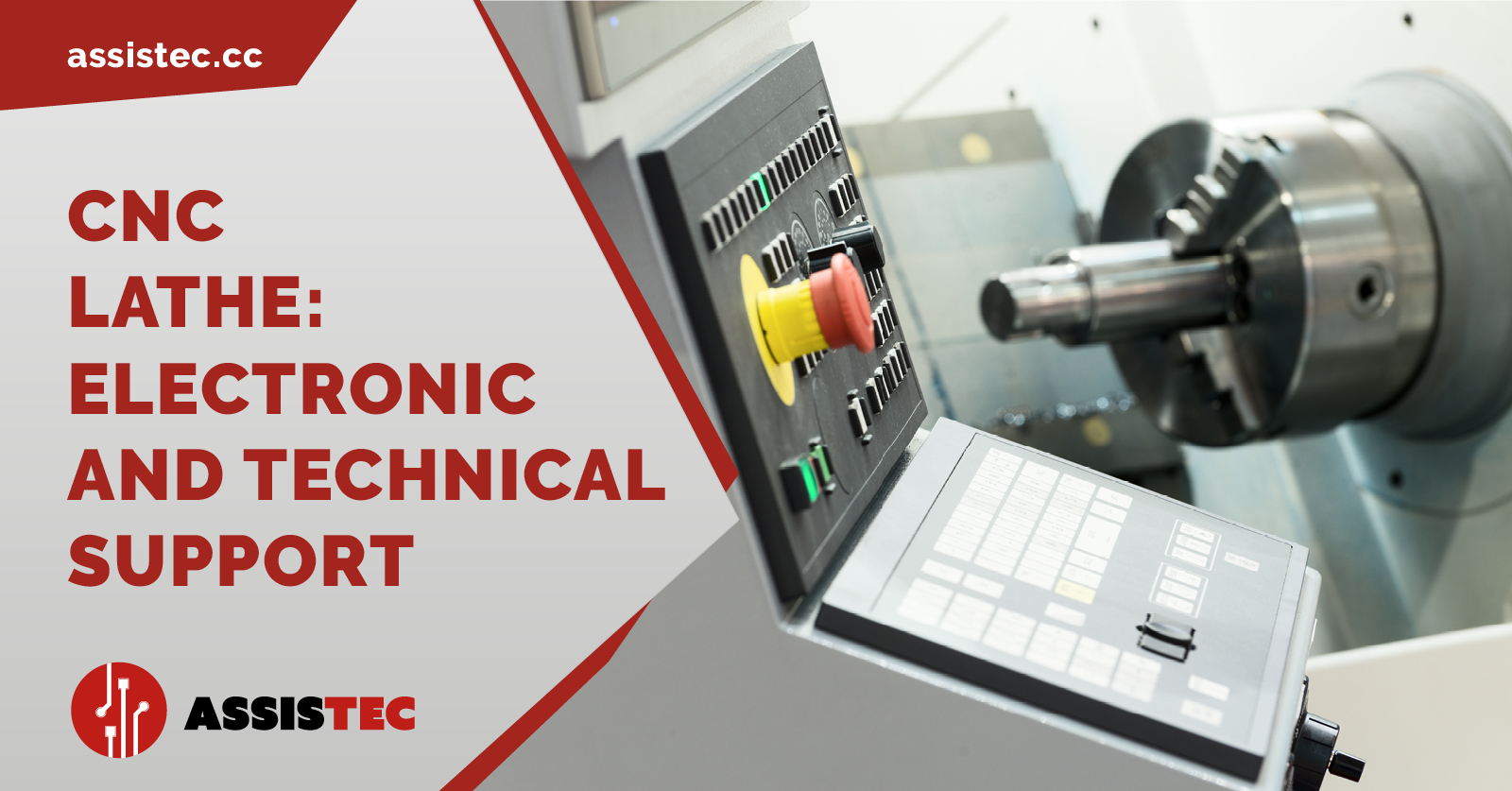OPERATIONS PERFORMED BY AN INDUSTRIAL ROBOT

Rigid automation and flexible automation

Object manipulation, laser cutting, assembly, painting, and welding are just some of the many processes carried out by an industrial robot. They are extremely versatile and flexible tools that can be programmed according to the type of work. Since their introduction in the 1960s, robots have marked a turning point in automatic precision machining, standing out from their predecessors, such as NC machine tools.
The application of this technology in automated production systems has ushered in the era of Industry 4.0 and the Smart Factory. Its use has been decisive for many factors: reduction of labour costs, optimisation of production flows, increase in production rates, improvement of the quality of the finished product. The versatility, adaptability and precision of industrial robots have relieved human operators of the need to perform dangerous and repetitive tasks. Today they are used to carry out different types of operations, in both rigid and flexible automation systems. Here are some of the most important:
- Object handling and transport
From palletising to loading and unloading, through to the packaging of goods. These are among the most common tasks performed by an industrial robot and do not relate to a specific sector. These operations exploit the robot's ability to pick up an object and move it in three-dimensional space, along paths and movements predefined by software.
- Manufacturing
In manufacturing lines, robots are typically used to perform tasks such as assembly, painting, laser cutting, welding, and deburring. These operations are made possible by the robot's ability to manipulate objects and tools, changing their characteristics and delivering a finished product.
- Quality control
Robots are efficient tools, capable of measuring and verifying the quality of industrial products, and identifying any manufacturing defects. This ensures higher throughput and shorter inspection times.
- Servicing of CNC machine tools
Industrial robots can also be integrated with CNC machines to handle and load/unload objects of various sizes, thereby optimising the production process.
Assistec's innovative and automated integration
With the advent of Industry 4.0, the production cycle is constantly evolving and requires innovative and automated technologies. The Assistec robotic islands adapt to the new requirements without the need to rebuild the entire system, thanks to the robot and CNC communication software.
With our highly specialised know-how, acquired over more than 25 years working as a technical support service and system integrator, we design and build automation systems for CNC machines. We are specialists in machine tool servicing and in workpiece or equipment manipulation Contact us for advice.
Recent Posts

-
Numerically controlled (CNC) machines represent one of the most important technological innovations of the modern industrial era.
Their ability to automate and standardise complex operations has changed the face of manufacturing, transforming craft processes into large-scale industrial precision systems.
The spread of CNC machines has made it possible to reduce human error, increase productivity and, above all, guarantee repeatability of machining operations that would otherwise have been impossible. This has proved particularly crucial in sectors where precision, efficiency and speed are vital, such as aerospace, automotive, precision engineering and medical device manufacturing.
One of the main reasons for the success of CNC machines is their ability to perform tasks with extreme precision that previously required the manual intervention of skilled workers.
With CNCs, on the other hand, once the machining has been programmed, the machine can perform an infinite sequence of operations without loss of precision, solving problems of variability and improving the quality of the finished product.
At this point, the question might arise: when did CNC machines originate and how did they reach this level of sophistication?
-
Conventional machine tools and computer numerical control (CNC) machines are both used for machining, but have significant differences in several key practical aspects.
So, if you are wondering whether CNC machines are better than traditional ones or whether it is time to replace your machines with automated solutions, below you will find all the elements you need for an in-depth evaluation of the question.
We have examined 7 evaluation criteria, making an objective judgement for each of them based on the practical applications of the machine type.
-
What is the CNC lathe and how does it work?
The computer numerical control (CNC) lathe is one of the most advanced and precise tools in the field of machining. Its ability to perform complex machining operations with high precision and repeatability has, after all, revolutionised the manufacturing industry, significantly optimising production processes in many sectors. In the following lines, we will explore in detail how the CNC lathe works, analysing its main components, the programming process and practical applications.
We will also look at the interactions between hardware and software, the types of tools used and how machining parameters are controlled, to summarise the potential of a technology that has become strategically relevant today.



